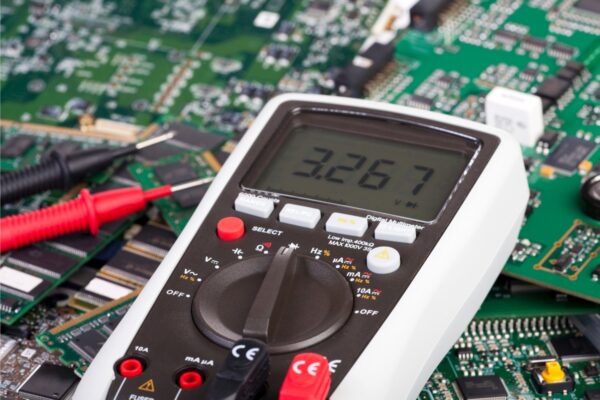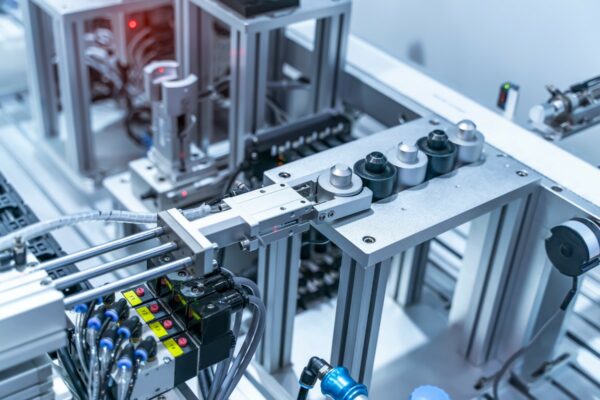What is Backdriving
Backdriving, also known as node forcing, is a digital in-circuit test procedure that is employed to isolate and test individual components or functional units of a digital component within a module. The main objective of backdriving is to ensure proper functional testing by forcing the required signal states at the inputs of the Device Under Test (DUT).
During backdriving, the signals of logically preceding components are located at the inputs of the DUT when the supply voltage is switched on. To achieve this, the randomly applied signals are overwritten with defined test signals. This is done by drawing the outputs of the preceding devices to the required level using a sufficiently high current. It is crucial to monitor and, if necessary, limit the relatively high currents to prevent premature damage to the exaggerated output pin.
Real-time performance monitoring of the digital drivers used in the test system is considered the safest and most reliable method for successful backdriving. By ensuring accurate and controlled signal states at the inputs of the DUT, backdriving allows for thorough functional testing of digital components in a module.





